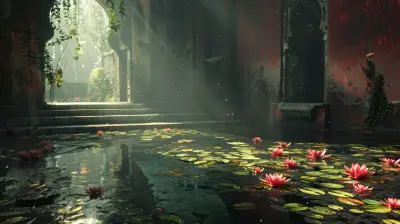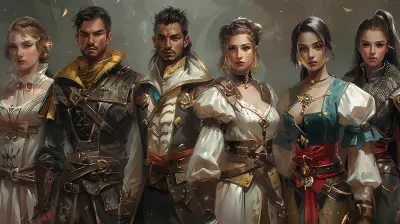A Deep Dive into the Lore of PlayStation’s Biggest Exclusive Titles
16 July 2025
When it comes to unforgettable gaming experiences, PlayStation has built itself a legacy of exclusive titles that not only dazzle with gameplay but also capture the imagination with rich, intricate stories. These aren’t just games—they're journeys, filled with characters we grow to love and worlds that feel alive. From gods and monsters to post-apocalyptic survival and futuristic civilizations, PlayStation exclusives have set the standard for storytelling in gaming.
But what makes these narratives so compelling? How do they manage to pull us in, keep us guessing, and often leave us speechless with their twists and emotional punches? Let’s grab a comfy seat, crank up the nostalgia, and take a deep dive into the lore of some of the most iconic PlayStation exclusives.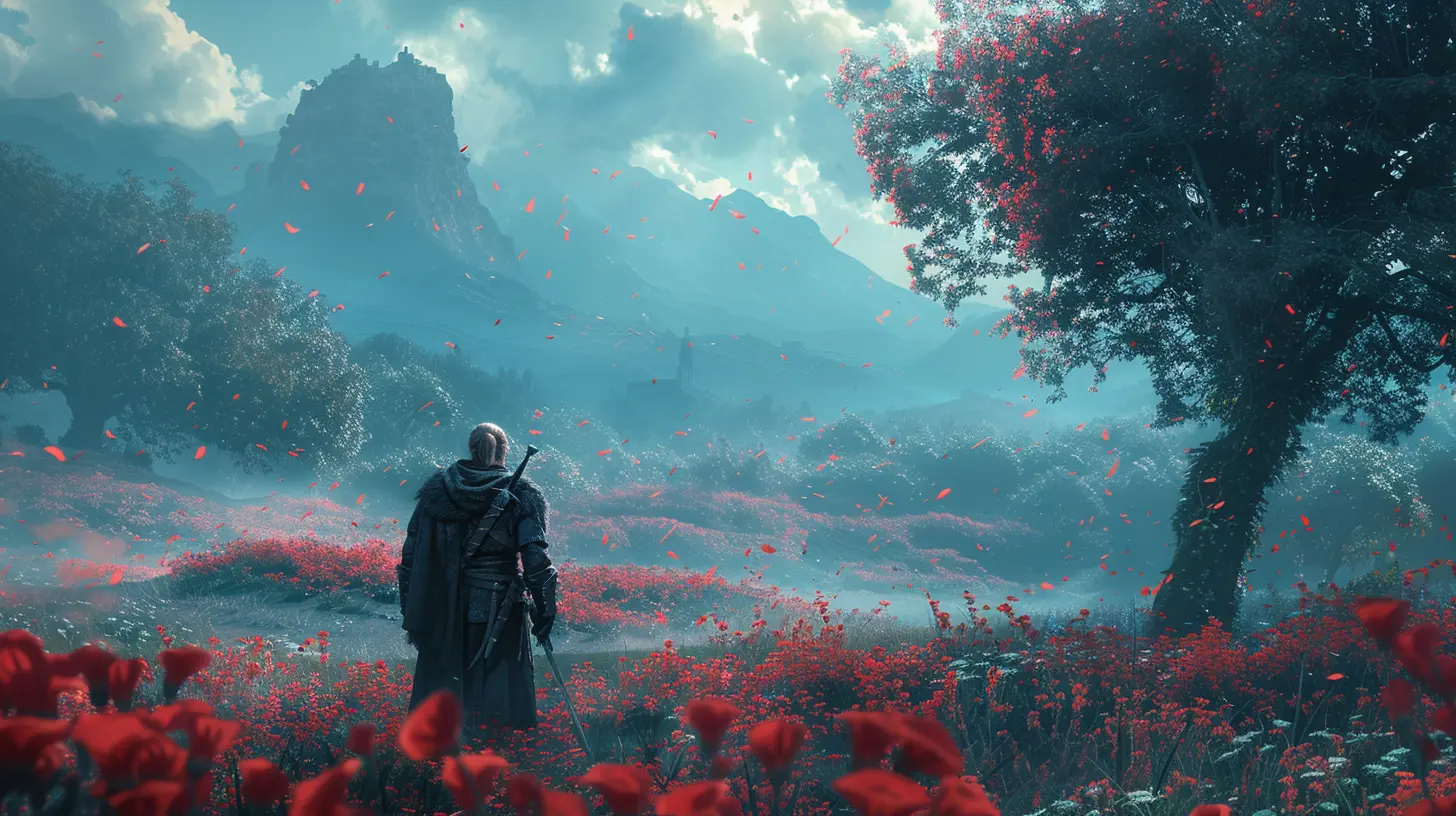
The God-Slaying Saga: Kratos and the Lore of God of War
If there’s one PlayStation title that screams epic storytelling, it’s God of War. Originally rooted in Greek mythology, the series has evolved in ways that fans never anticipated. Kratos, the Ghost of Sparta, embarked on a bloody path of vengeance against the gods who betrayed him. But what makes God of War stand out isn't just the action—it's the deeply personal journey of Kratos.Transitioning from Greek to Norse mythology in the 2018 reboot was a stroke of genius. Instead of mindless rage, we see Kratos as a father, guiding his son Atreus while grappling with his own demons. Did you catch all the subtle hints in the game about Atreus’ true identity? (Spoiler: He’s Loki, the trickster god.)
The lore here is stunningly intricate. Every rune, enemy type, and side quest ties into Norse mythology. Characters like Freya, Baldur, and the World Serpent aren’t just background noise—they’re woven into the narrative with care and respect for the source material. This is a prime example of how God of War breathes life into ancient myths while making them feel fresh and relevant.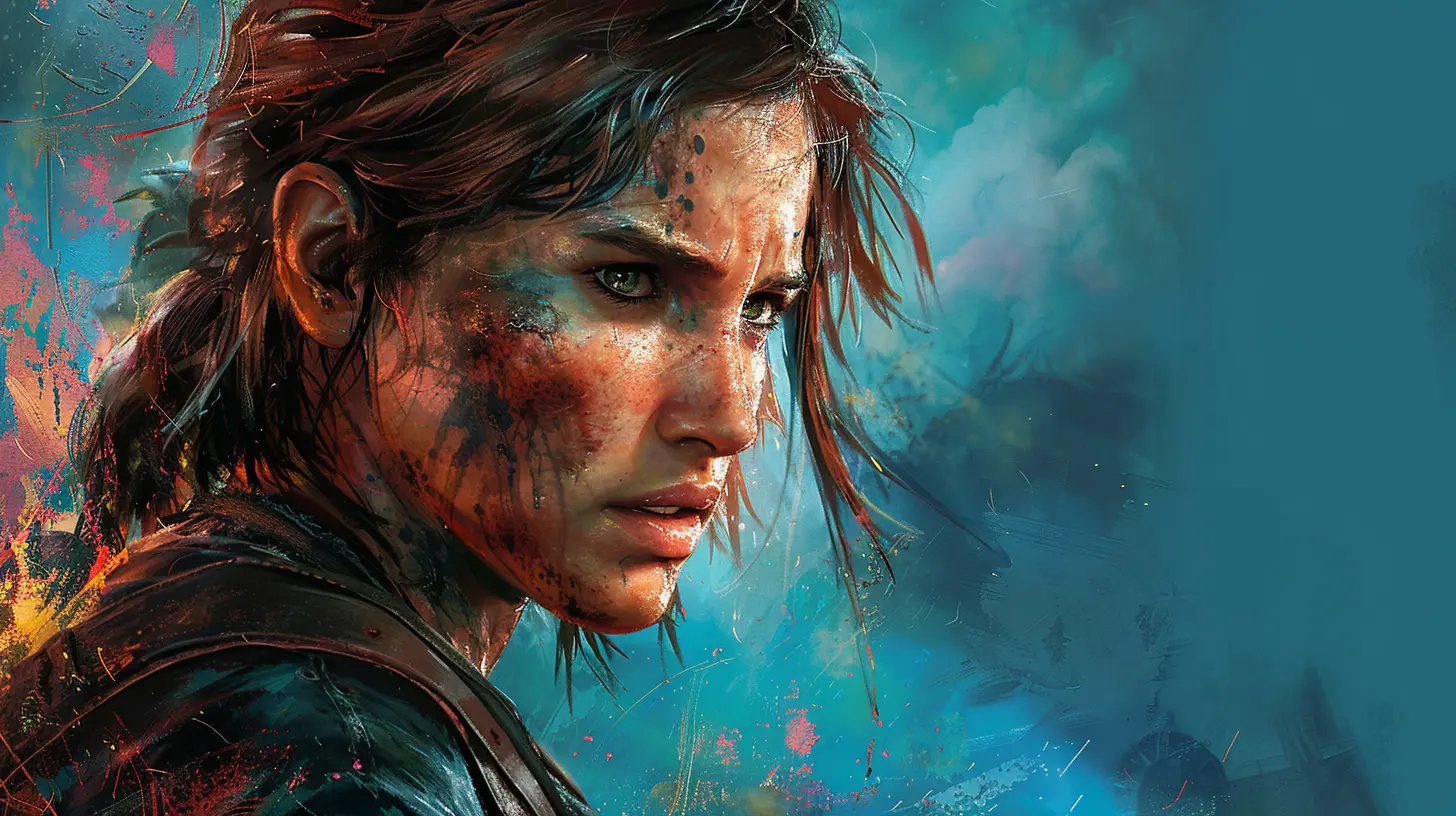
Surviving Humanity’s Collapse: The World of The Last of Us
When The Last of Us dropped, it shattered our expectations of what a zombie game could be. Sure, there are infected (and they’re terrifying), but at its core, this is a story about people. Joel and Ellie’s journey through a crumbled, post-apocalyptic world is as much about their relationship as it is about survival.What makes the lore of The Last of Us exceptional is its subtlety. The game doesn’t throw its universe-building in your face. Instead, it lets you piece things together through environmental storytelling—graffiti on walls, abandoned notes, and chillingly quiet neighborhoods.
There’s also an unsettling reality to the Cordyceps infection. Unlike your typical zombie virus, it’s based on a real-life fungus that infects insects. (Yeah, thanks for that unnerving inspiration, science!) This grounded approach makes the apocalypse in The Last of Us feel frighteningly plausible.
Then there’s Part II, a divisive sequel that expanded the lore and introduced shades of gray to every character. Love or hate its narrative choices, you can’t deny the depth of this world and how much thought went into its creation.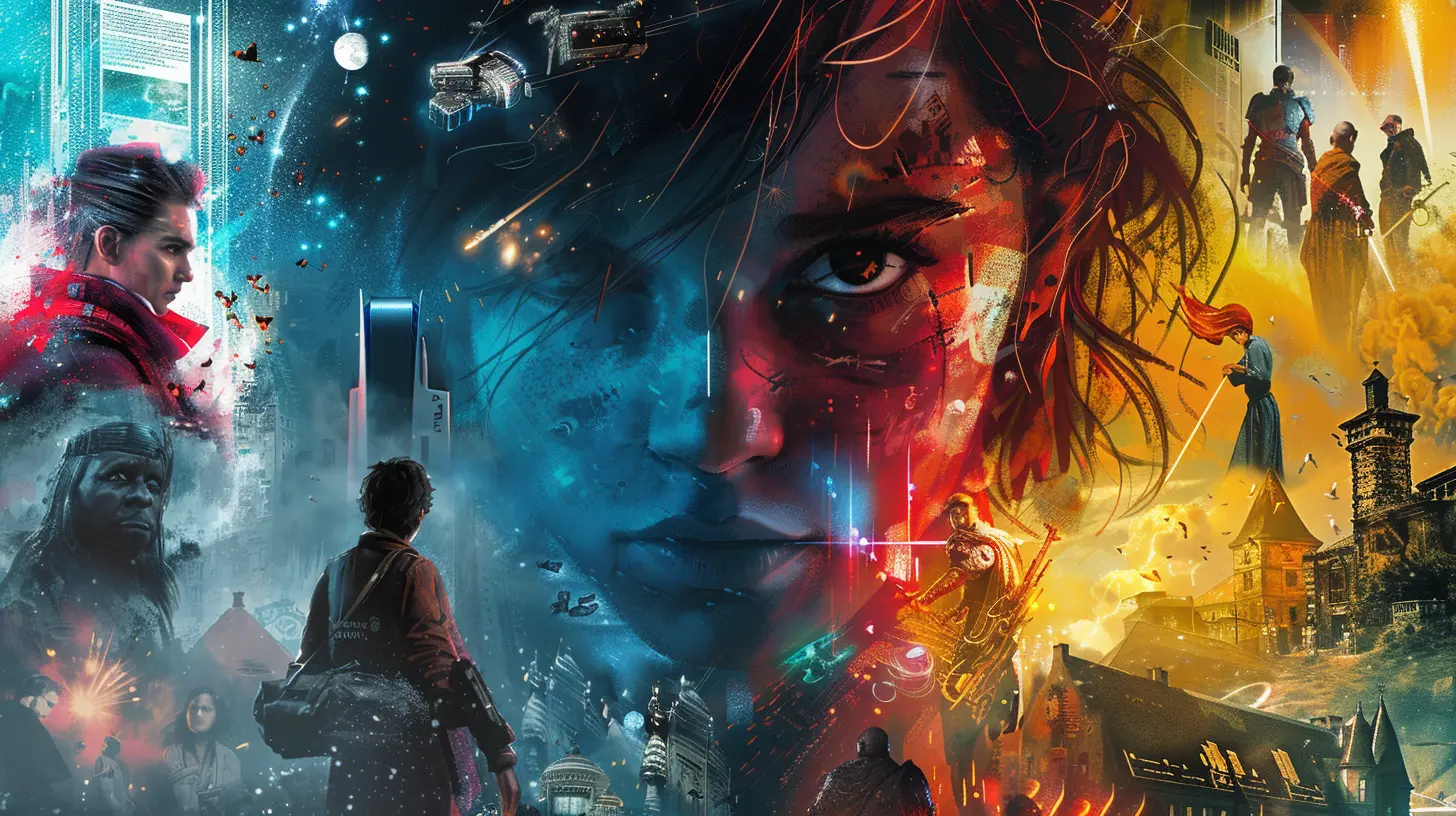
The Forbidden Frontier: Horizon Zero Dawn and Horizon Forbidden West
Imagine a world where humanity has regressed to tribal societies, yet robotic dinosaurs roam the land. Welcome to the breathtaking universe of Horizon Zero Dawn. Aloy, our fiery-haired protagonist, is on a quest to uncover the truth about her identity and the world’s mysterious past.The lore of Horizon is like peeling an onion—every layer reveals a new surprise. The game’s major plot twist (spoilers ahead!) reveals that the advanced civilization of the "Old Ones" destroyed themselves, and the machines that now dominate the land were initially designed to save humanity.
The sequel, Horizon Forbidden West, doubles down on world-building. We learn about a rogue AI named HADES, new factions like the Tenakth, and even discover more about the mysterious Far Zenith group. What’s fascinating is how these games balance the tribal, almost primitive present with the high-tech, dystopian past. It’s a dance between two worlds that keeps players hooked.
And let’s not overlook Aloy herself. She’s not just a hero—she’s a symbol of hope, someone who bridges the gap between the old world’s mistakes and the new world’s potential.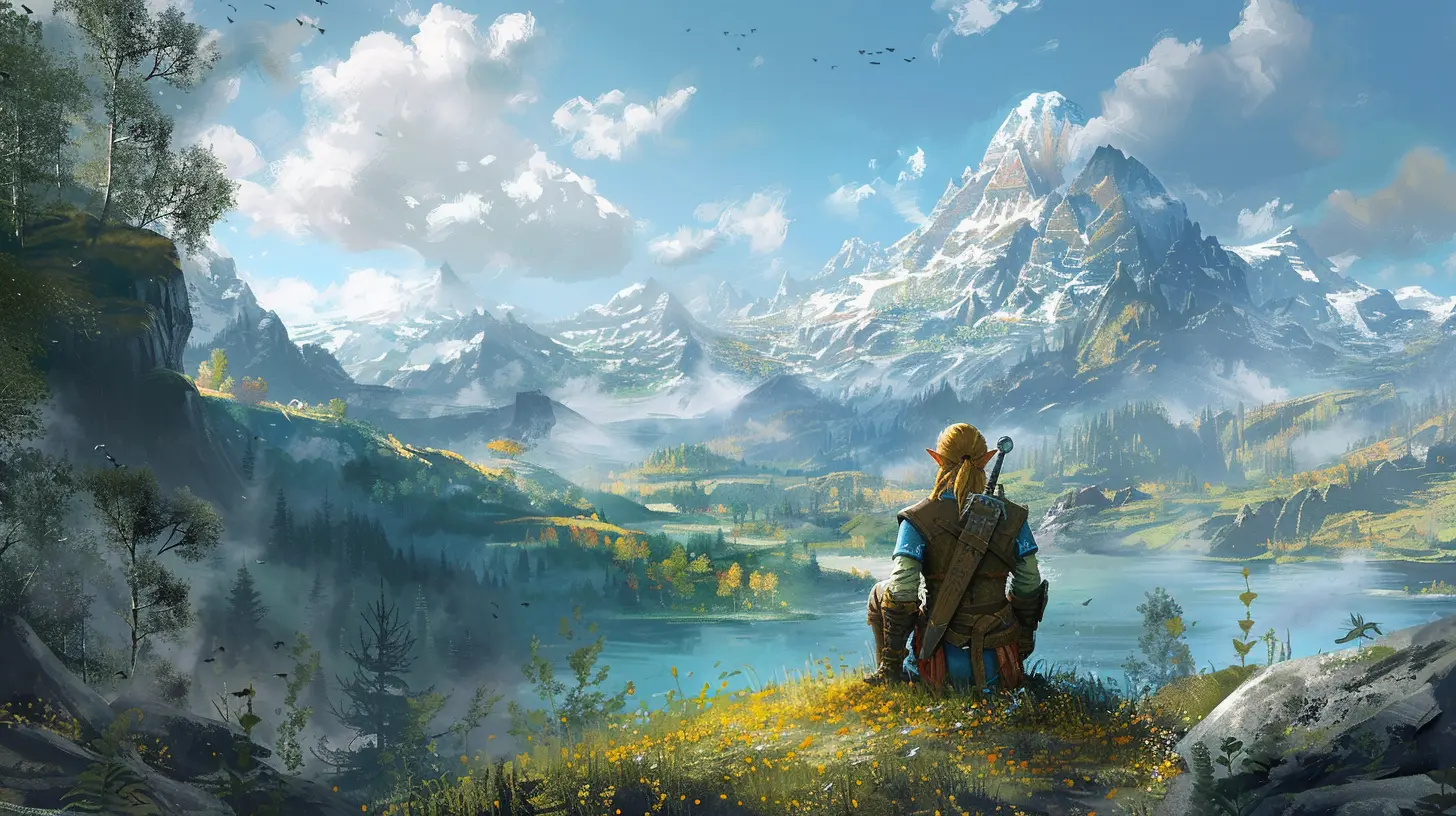
A Hunter’s Nightmare: The Gothic World of Bloodborne
If you’re in the mood for something darker, Bloodborne is your go-to PlayStation exclusive. From the twisted mind of Hidetaka Miyazaki, this gothic horror masterpiece plunges players into the cursed city of Yharnam. The game’s lore is as haunting as its enemies, dripping with themes of madness, cosmic horror, and forbidden knowledge.What sets Bloodborne apart is its approach to storytelling. It doesn’t hand you the narrative on a silver platter. Instead, you’ll gather tidbits from cryptic item descriptions, NPC dialogue, and environmental clues. It’s like piecing together a jigsaw puzzle in a nightmare.
At its core, Bloodborne is about humanity’s pursuit of power and immortality—and the disastrous consequences of meddling with ancient, eldritch forces. The Great Ones, mysterious cosmic entities, loom over everything in the game, their presence felt even when they’re not directly seen.
The Gothic, Lovecraftian aesthetic only adds to the game’s allure, making it one of the most disturbing yet fascinating worlds PlayStation has ever brought to life.
A Thief’s Legacy: Nathan Drake and the Uncharted Series
Who doesn’t love a good treasure hunt? The Uncharted series is PlayStation’s answer to Indiana Jones, taking players on globe-trotting adventures filled with danger, humor, and memorable characters. But beneath the thrilling chase for lost cities and priceless artifacts lies a rich lore that adds depth to Nathan Drake’s journey.From El Dorado to Shambhala, the games dive deep into myths and legends, blending historical facts with fictional twists. What’s impressive is how much research went into creating these stories. Naughty Dog took existing folklore and expanded on it, crafting narratives that feel simultaneously fresh and familiar.
And then there’s Nate himself. Across four mainline games, we see him evolve—not just as a treasure hunter but as a person. By the end of Uncharted 4: A Thief’s End, it’s clear his greatest treasure isn’t gold or jewels—it’s the relationships he’s forged along the way.
Ghosts and Honor: The Feudal Elegance of Ghost of Tsushima
Ghost of Tsushima takes us to 13th-century Japan during the Mongol invasion. You play as Jin Sakai, a samurai torn between the honorable traditions of his upbringing and the ruthless tactics required to save his people.This game is a love letter to Japanese history and culture. The island of Tsushima is visually stunning, with every blade of grass and cherry blossom tree contributing to the immersion. But where the game truly shines is in its lore.
The story explores themes of honor, sacrifice, and identity. Jin’s transformation into the "Ghost" is as much about defying convention as it is about survival. And let’s not forget the side quests, which often delve into folklore, from legendary warriors to mythical creatures.
What’s beautiful about Ghost of Tsushima is the way it respects its setting. It feels steeped in authenticity, and even the smallest details—like haiku writing or bamboo cutting—add layers to the lore.
The Secret Sauce Behind PlayStation’s Storytelling Success
So what is it that makes these PlayStation exclusives stand out? I’d argue it’s a combination of passion, attention to detail, and a willingness to take risks. These games don’t just settle for surface-level narratives—they dig deep, presenting us with worlds that feel alive and characters that resonate on a personal level.And let’s be honest—these stories stick with us. Who hasn’t stayed up late thinking about Ellie’s choices, Kratos’ redemption arc, or the mysteries of Yharnam? These games aren’t just entertainment; they’re experiences that challenge us, make us think, and, in some cases, leave us emotionally wrecked (I’m looking at you, The Last of Us).
Final Thoughts
PlayStation exclusives have a way of transcending the confines of gaming. They aren’t just stories—they’re modern myths, crafted with care and designed to stick with us long after the credits roll. Whether you’re standing atop a snowy peak with Kratos, scavenging for supplies with Ellie, or unraveling ancient secrets with Aloy, these games transport us to worlds we never want to leave.The beauty of it all? There’s always another adventure waiting on the horizon. PlayStation isn’t slowing down anytime soon, and neither is its ability to deliver unforgettable tales. So, grab your controller and dive back into these worlds—you might just discover something new.
all images in this post were generated using AI tools
Category:
Playstation ExclusivesAuthor:

Pascal Jennings
Discussion
rate this article
1 comments
Marlowe Clark
Exploring these narratives reveals not just stories, but reflections of our own struggles and aspirations.
July 24, 2025 at 4:56 AM

Pascal Jennings
Thank you! It’s fascinating how these narratives resonate with our personal journeys, making the gaming experience deeply relatable.
